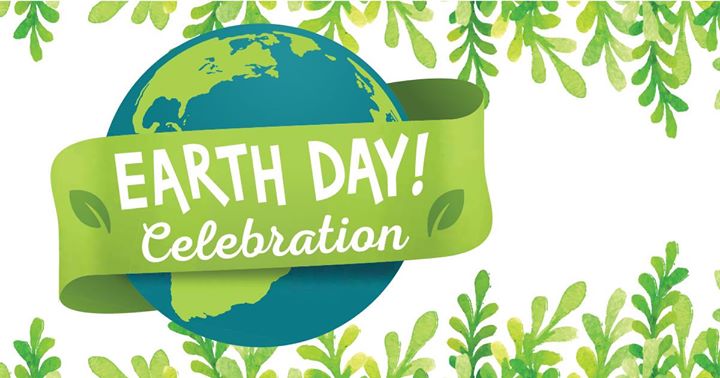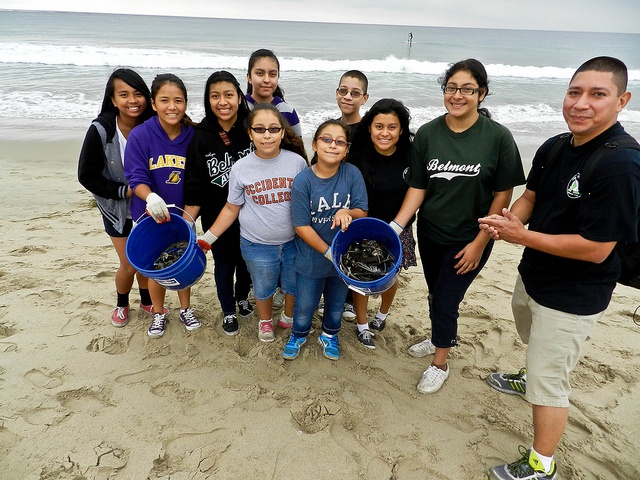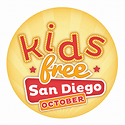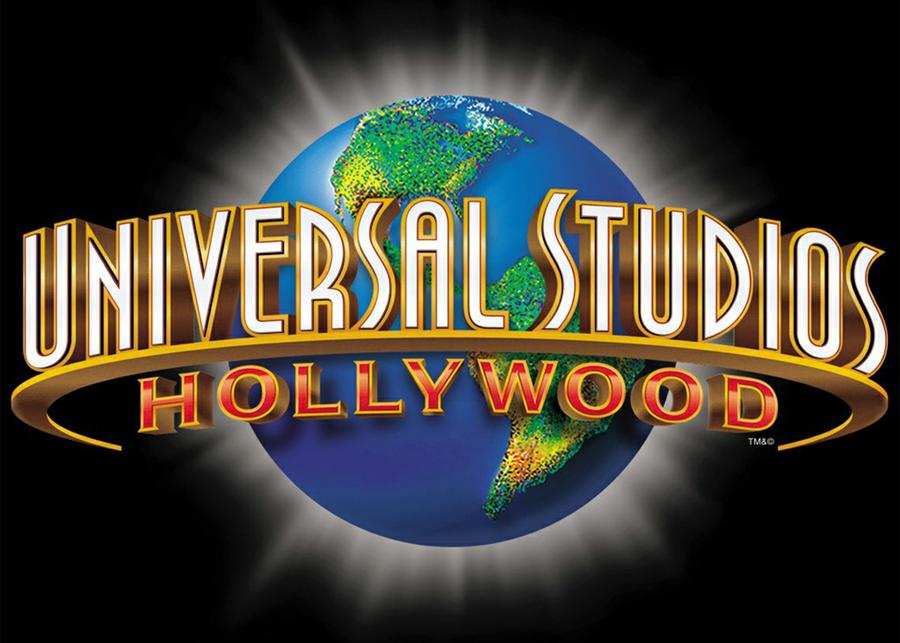
- This event has passed.
Earth Day Celebration
4/27/2019 - 4/28/2019
Event Navigation

Learn what you can do to help our ocean planet at the Aquarium of the Pacific’s nineteenth annual Earth Day Celebration.
Join the Aquarium for a weekend of family fun celebrating Earth Day while learning simple, everyday tips to protect our environment. Visit booths from various Earth-friendly organizations, and participate in hands-on learning demonstrations for people of all ages.
Bring your eWaste item and SAVE $10 on Adult Admission
Bring an eWaste item to the Aquarium of the Pacific during Earth Day Celebration and receive a coupon valid for $10 off Adult Admission, valid on April 27-28, 2019 only. Accepted e-waste includes electronic items such as cell phones, computers, monitors, televisions, and small household appliances. Refrigerators, large appliances, and batteries or items containing batteries will not be accepted. Restrictions apply.
Earth Day is April 22, and we’re celebrating with a month full of events in greater Los Angeles. In honor of Earth Month, here’s a snapshot look at the biggest challenges facing our oceans – and what you can do this month and year-round to make a difference.
PLASTIC: It’s estimated that there will be more plastic by mass than fish in the world’s oceans by 2050.
Drink-related trash forms the bulk of human-made debris found at Heal the Bay cleanups, accounting for over one third of all items found on L.A. County beaches.
In the last 33 years, Heal the Bay volunteers have removed more than 2 million pounds of trash from our shores – that’s the weight of two fully loaded 747 passenger jets! This summer, Heal the Bay will launch a #FoamFree campaign, but you can get started today by saying “No thanks” to polystyrene to-go containers, single-use straws, and plastic water bottles. Go reusable instead.
CLIMATE: L.A. County could lose more than half of its beaches by 2100 due to coastal erosion related to warming seas, according to a U.S. Geological Survey.
Reducing our carbon footprint is obviously a complicated endeavor involving multi-national agreements, but there are steps you can take in your daily life to reduce your impact on the sea. Transportation and food choices are an obvious place to start as a consumer. If you aren’t a vegetarian or vegan, think about skipping meat one day a week, maybe on “Meatless Mondays”. If you still own a car, think about taking public transit one day a week or coordinating a carpool.
OVERFISHING: Approximately 90 percent of fish stocks of large predatory fish like tuna have disappeared globally.
And more than half of all fish stocks have been maximized. That means we should all eat lower down on the ocean food chain. There is much more to fine dining from the sea than limiting yourself to tuna, salmon and halibut! Widen your palate, and the ocean will thank you. Check out Monterey Bay Aquarium’s seafood guide.
WATER SUPPLY: Urban runoff accounts for 80 percent of the trash and bacteria found on L.A. County shorelines.
Even on the driest, hottest summer day, an estimated 100 million gallons of polluted runoff flows to ocean via L.A. County’s massive stormdrain system. That flow carries a sickening slurry of animal and human waste, chemicals and fertilizers, automotive fluid, fast-food packaging and single-use plastics to the sea. To reduce your flow, Heal the Bay suggests you rip out water-thirsty lawns in favor of native landscaping, use a neighborhood carwash (most recycle water) instead of hosing down cars on driveways, and installing rain barrels or cisterns on your property to capture water instead of sending it uselessly to the sea.
At a macro level, L.A. County needs to do a better job of capturing and reusing the water we already have by building infrastructure that captures stormwater and recycles treated wastewater. Heal the Bay is now working to get a public funding measure on the November ballot to build “green street”-style projects in greater L.A.









